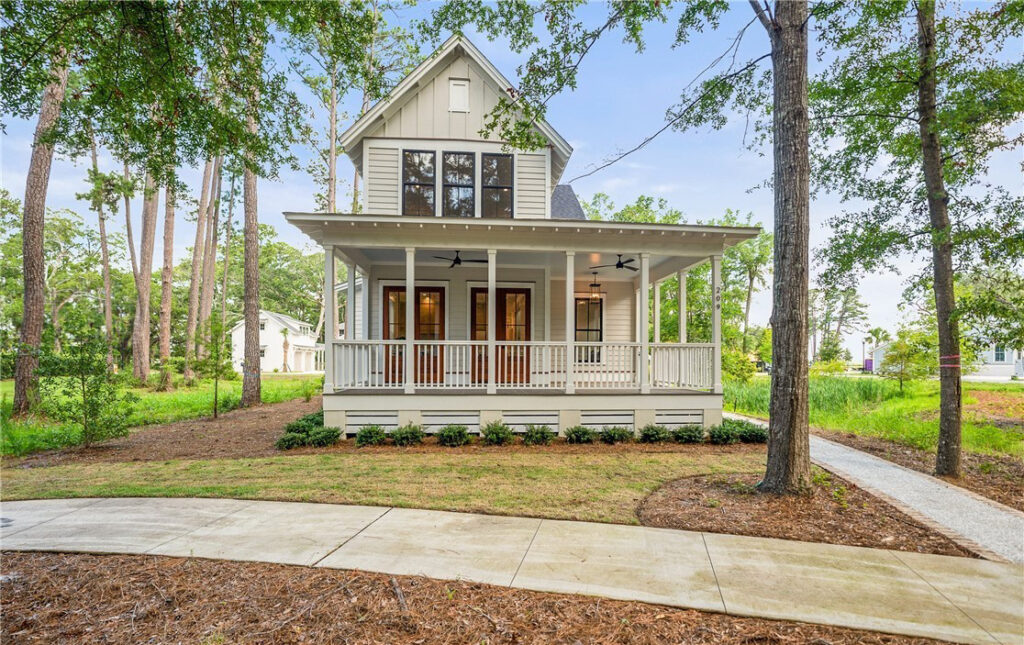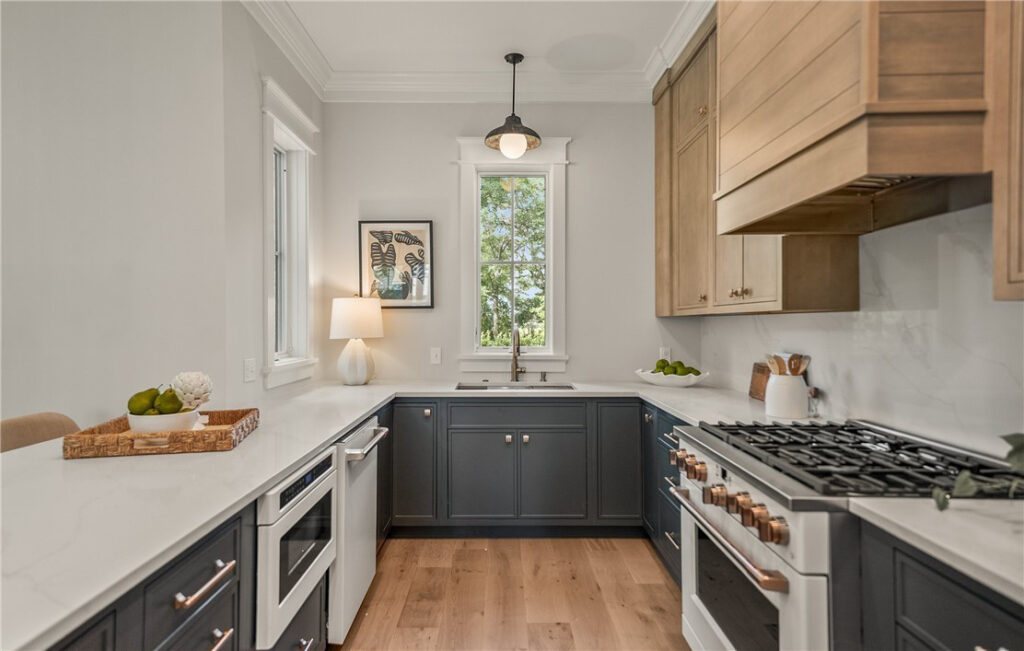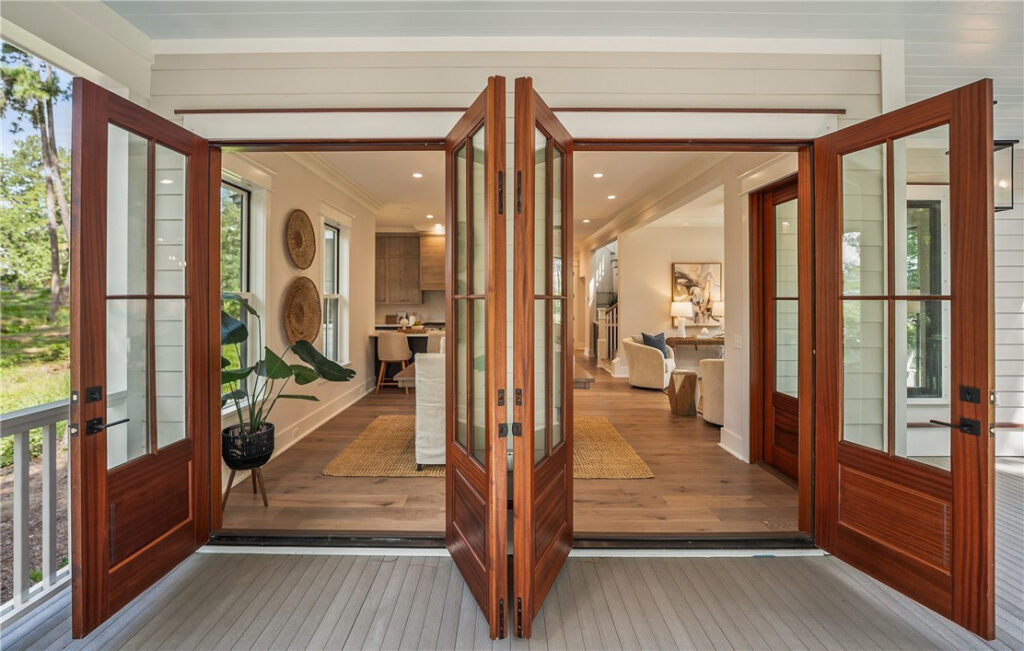We talk about sustainability in many ways — energy-efficient systems, durable materials, or smaller footprints — but at its core, true sustainability is about longevity. A sustainable home isn’t just one that performs well; it’s one that continues to be loved, lived in, and cared for generation after generation.
That’s what we mean when we say timeless design. We believe the most sustainable home is one that never needs replacing.

All across the country, homes built in the 1990s and early 2000s — barely 20 to 30 years ago — are being torn down, remodeled beyond recognition, or written off as “dated.” These houses aren’t failing structurally; they’re failing aesthetically.
They were designed around trends rather than principles — oversized footprints, complicated rooflines, and decorative details that quickly fell out of fashion. And because design drives value, these homes are being replaced rather than restored.
According to the National Association of Home Builders, the average lifespan of a newly built home is just 50–60 years. Compare that to many historic homes — some over a century old — still standing proudly with minimal alteration. It’s a staggering difference, and it reveals a simple truth: design choices directly affect how long a home stays loved and relevant.
Timeless architecture is about restraint and understanding, not nostalgia. It’s about knowing how proportion and regional character create a sense of permanence. Our homes are designed to fit their surroundings, not dominate them.
That’s why we take cues from traditional architecture, not to replicate the past, but to honor what has always worked. Wide porches, natural light, human scale, and connection to the outdoors are all timeless ideas that make a home both functional and emotionally grounding.
We’ve seen it firsthand: homes built with intention and rooted in good design continue to feel right decades later. They evolve with families, neighborhoods, and communities instead of working against them.

In the U.S., construction and demolition waste accounts for nearly 145 million tons of material each year — more than twice the amount of household trash. Every time a home is torn down because it’s “outdated,” that’s energy, material, and craftsmanship lost.
A timeless home doesn’t become disposable. It becomes part of a community’s fabric. It’s maintained, not replaced. That’s the kind of sustainability that endures — one built on intention and respect for place.

Our homes should be built to last longer than the mortgage. They should be worthy of being passed down and adapted, not bulldozed for something new. Timeless design is not about freezing time; it’s about designing with the future in mind.
At Allison Ramsey Architects, that belief has guided our work for more than 25 years. We create homes meant to stand the test of time, beautiful today and sustainable forever.
(Featured House Plan | The Altamaha River Cottage)
Have questions about our designs or process? Reach out today!